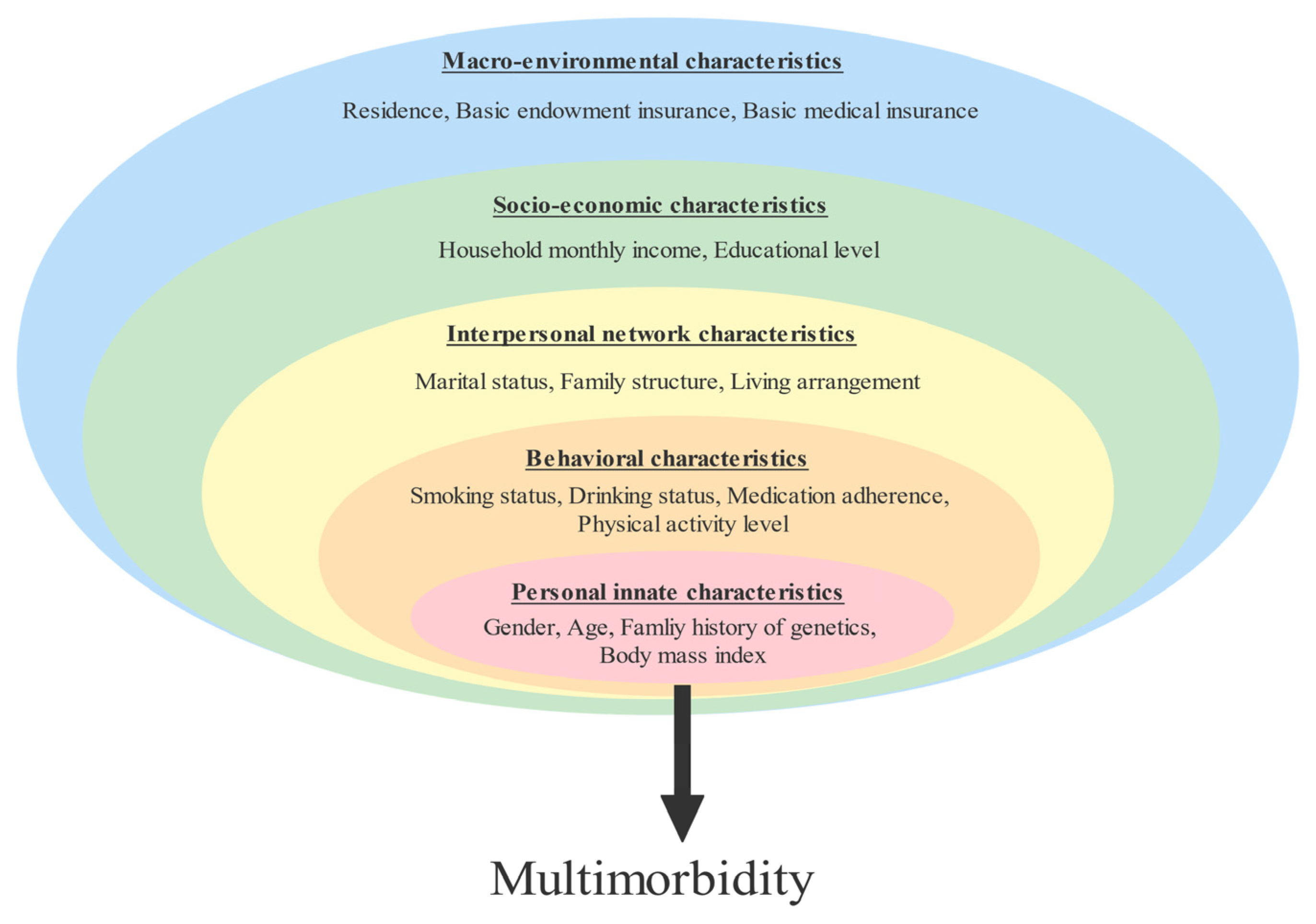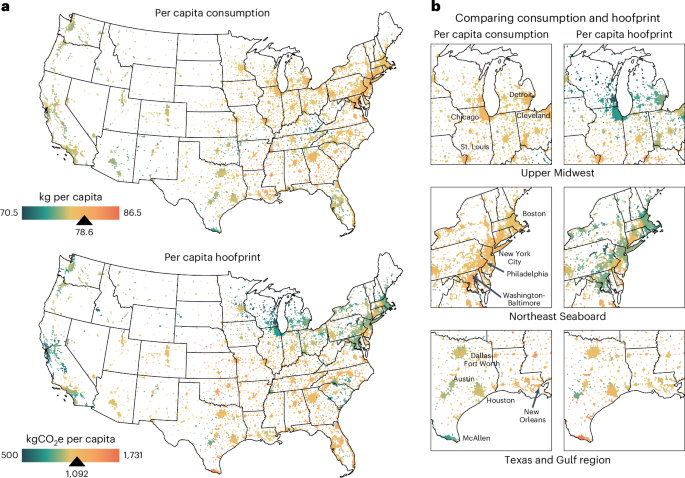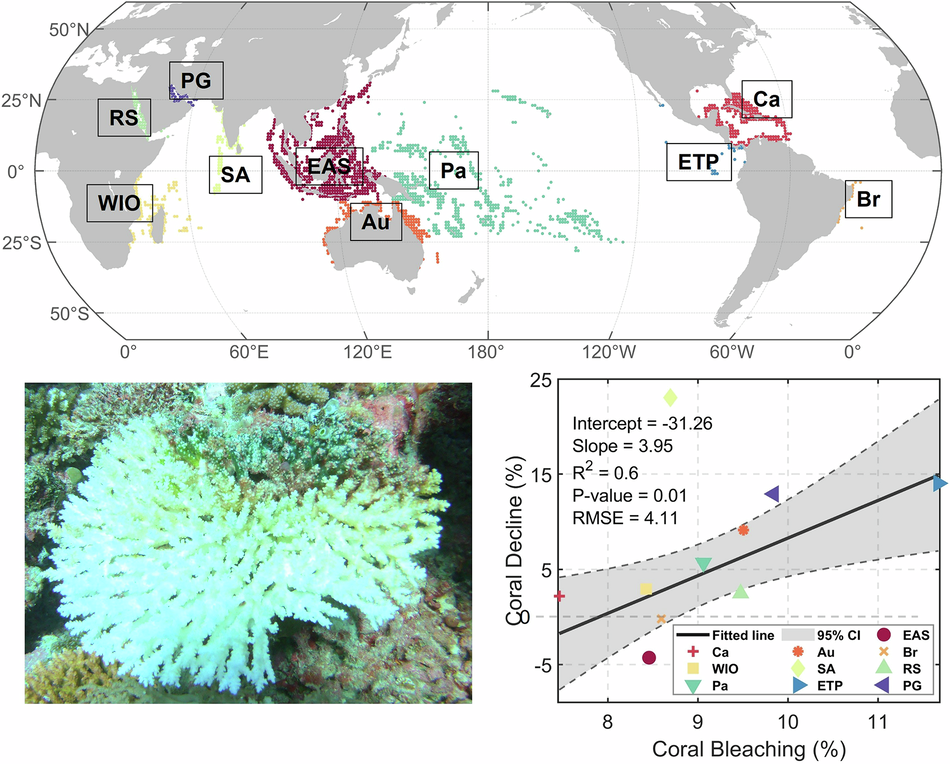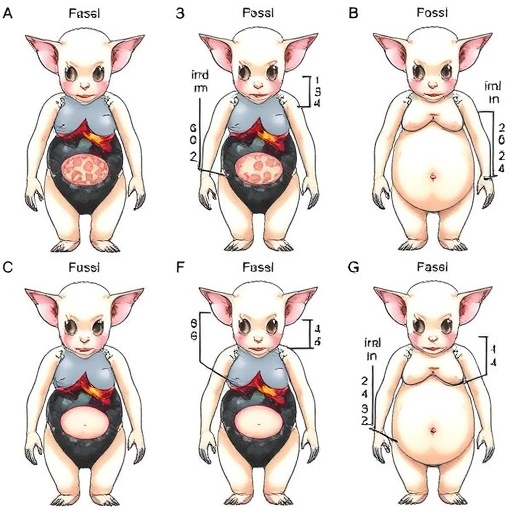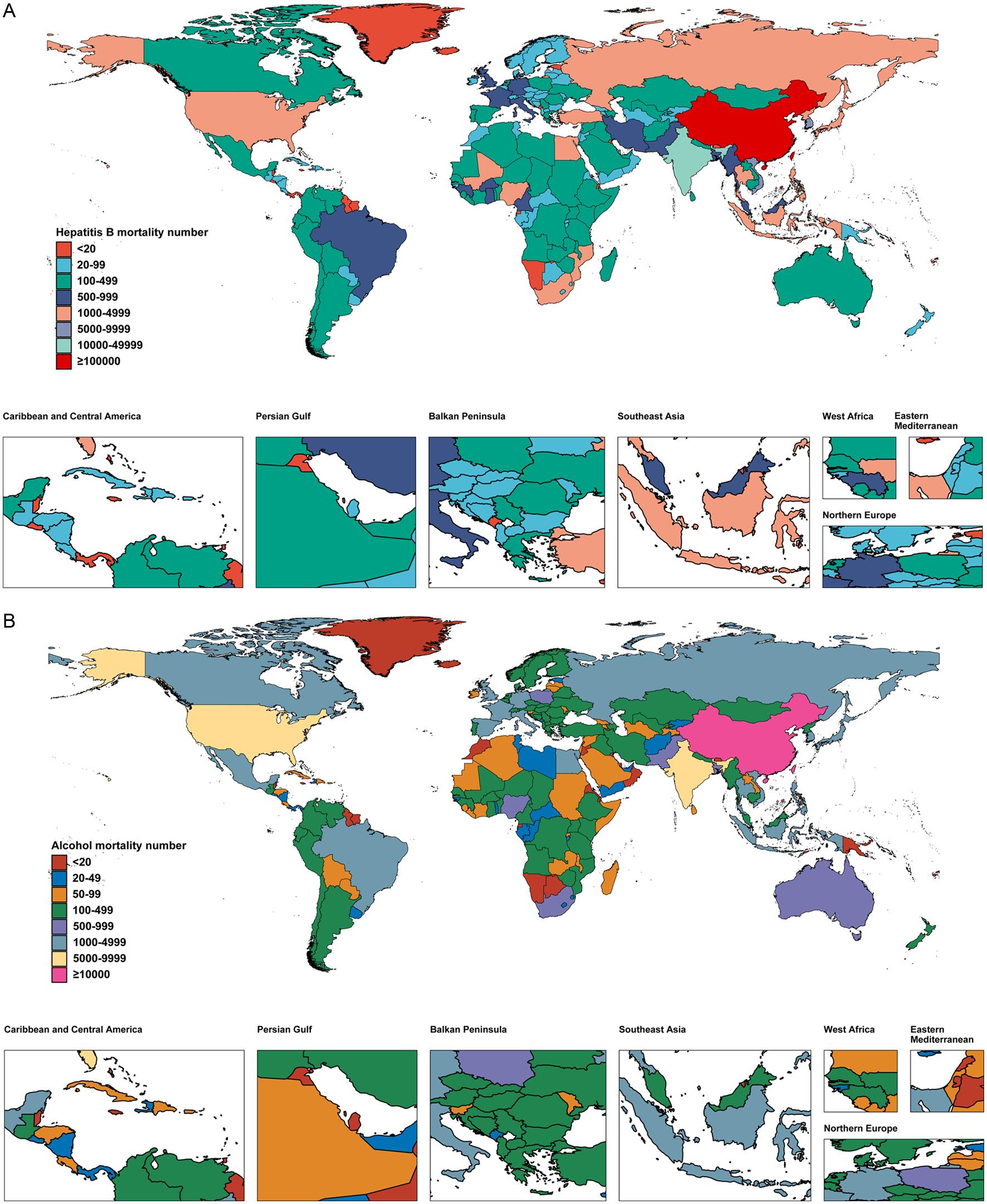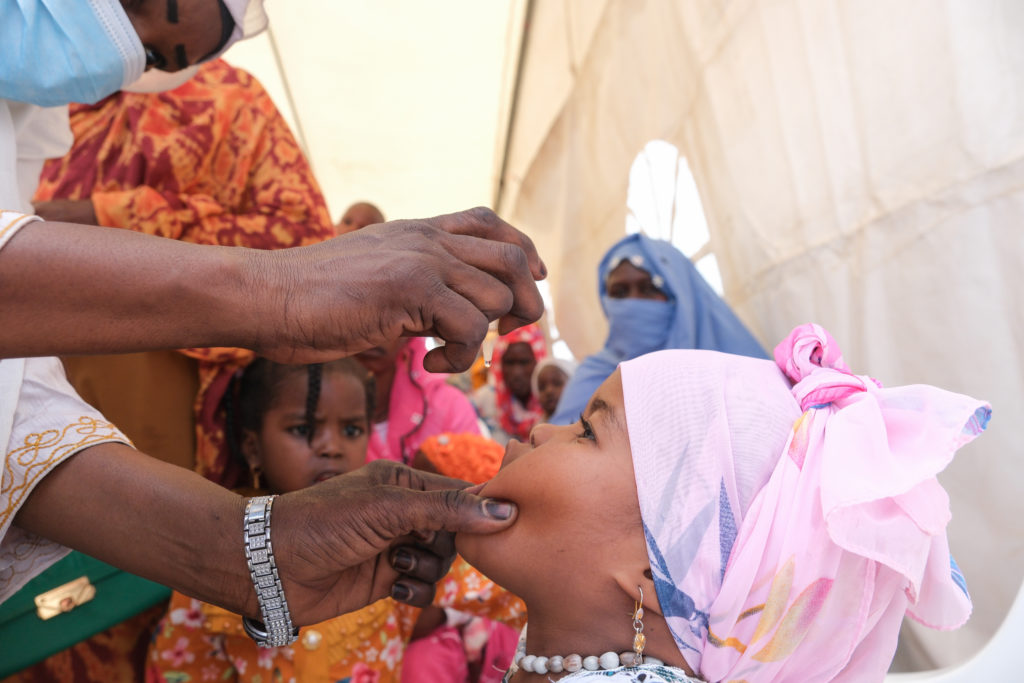Rising summer heat increases risk of child deaths in hot cars – WUSF
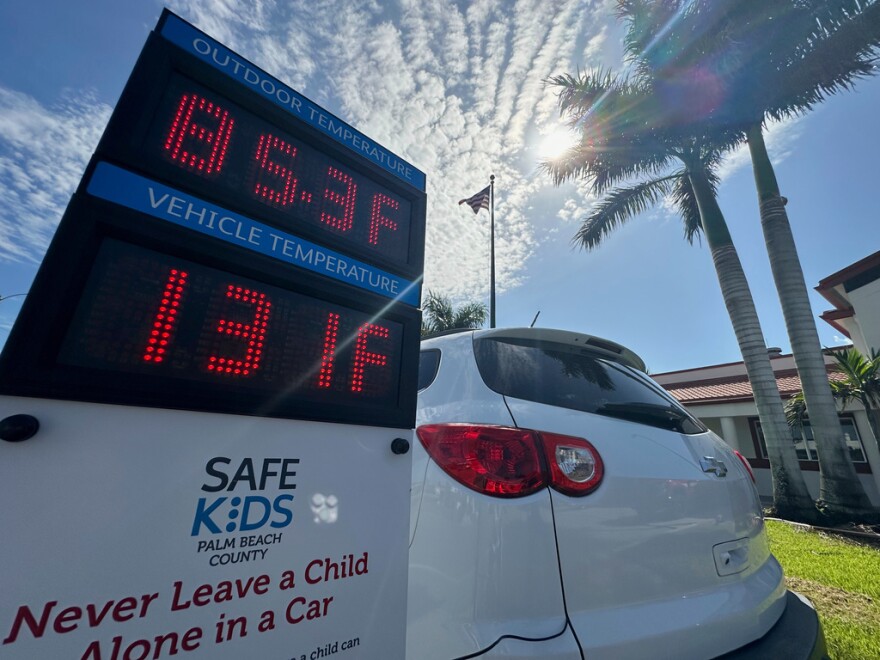
Report on Heatstroke Risks to Children in Vehicles Amid Rising Temperatures
Introduction
A record-breaking heat wave across the East Coast during the first week of summer has raised urgent warnings from child advocates regarding the dangers of heatstroke for children left unattended in vehicles. This report highlights the critical issue, emphasizing its alignment with the Sustainable Development Goals (SDGs), particularly SDG 3 (Good Health and Well-being) and SDG 13 (Climate Action).
Incidence of Child Deaths in Hot Vehicles
- In 2025, 11 children have died in Florida, California, Louisiana, Maryland, New Mexico, New Jersey, and North Carolina after being left unattended in vehicles, according to data from Kids and Car Safety.
- Seven of these deaths occurred in June alone, including two recent cases in Texas.
- In 2024, a total of 39 children died in similar circumstances across the United States.
Why Hot Cars Are Dangerous for Children
- Impact of Climate Change: Rising global temperatures and extreme weather events, as outlined in SDG 13, exacerbate the risk of heatstroke in vehicles.
- Rapid Temperature Increase: Vehicles can heat up by 20 degrees Fahrenheit within 20 minutes. For example, an 80-degree day can result in over 100 degrees inside a car within 10 minutes.
- Physiological Vulnerability: Children’s bodies heat up three to five times faster than adults, and they sweat less, increasing their susceptibility to heatstroke.
- Prevalence: Since 1998, every U.S. state except Alaska has reported at least one hot car death, with record fatalities of 53 children in 2018 and 2019.
- Temperature Peaks: Approximately 80% of the temperature rise occurs within the first 30 minutes, with internal vehicle temperatures exceeding 150 degrees Fahrenheit.
Universal Risk and Prevention
Heatstroke incidents affect all demographics, transcending socioeconomic and cultural boundaries. Professionals including doctors, dentists, teachers, and childcare workers have been affected, highlighting the need for universal awareness and prevention strategies.
Recommended Safety Measures
- Establish Routines and Reminders: To prevent forgetting children in vehicles, caregivers are encouraged to develop consistent habits.
- ACT Acronym for Safety:
- A – Avoid leaving children unattended in vehicles.
- C – Create reminders, such as placing personal items in the backseat to prompt checking.
- T – Take immediate action if a child is found in a vehicle; call emergency services without delay.
- Use of Technology: Newer vehicles may have backseat alert systems to remind drivers to check for passengers.
- Habitual Checks: Drivers should routinely check rearview mirrors to ensure no child or pet is left inside.
Case Study: Florida Incident
- On June 6, 2025, an 18-month-old child in Ormond Beach, Florida, died after being left in a locked truck for over three hours in 92-degree heat.
- The truck’s internal temperature reached an estimated 111 degrees Fahrenheit.
- Scott Allen Gardner, 33, was arrested and charged with aggravated manslaughter of a child and child neglect causing great bodily harm.
- Authorities reported that Gardner left the child while attending a haircut and later went to a lounge, discovering the child was unresponsive hours later.
- The child’s body temperature exceeded 107 degrees upon hospital arrival.
Alignment with Sustainable Development Goals (SDGs)
- SDG 3 – Good Health and Well-being: Preventing child heatstroke deaths contributes to reducing preventable child mortality and promoting health safety.
- SDG 13 – Climate Action: Addressing the health impacts of rising temperatures due to climate change is essential for protecting vulnerable populations.
- SDG 11 – Sustainable Cities and Communities: Enhancing public awareness and safety measures supports the creation of safer urban environments.
Conclusion
The increasing frequency of heat-related child fatalities in vehicles underscores the urgent need for public education, routine safety practices, and climate action to mitigate risks. Collaborative efforts aligned with the Sustainable Development Goals are vital to safeguarding children’s health and well-being in the face of escalating climate challenges.
1. Sustainable Development Goals (SDGs) Addressed or Connected
- SDG 3: Good Health and Well-being
- The article highlights child safety and health risks related to heatstroke in vehicles, directly connecting to ensuring healthy lives and promoting well-being for all ages.
- SDG 13: Climate Action
- The article discusses the impact of climate change on rising temperatures and extreme weather, which exacerbate the risks of heatstroke in vehicles.
- SDG 11: Sustainable Cities and Communities
- Addressing safety in urban environments, including vehicle safety and public awareness, relates to making cities and human settlements inclusive, safe, resilient, and sustainable.
2. Specific Targets Under Those SDGs Identified
- SDG 3: Good Health and Well-being
- Target 3.2: End preventable deaths of newborns and children under 5 years of age.
- Target 3.9: Reduce the number of deaths and illnesses from hazardous chemicals and air, water, and soil pollution and contamination (including heat-related risks).
- SDG 13: Climate Action
- Target 13.1: Strengthen resilience and adaptive capacity to climate-related hazards and natural disasters in all countries.
- Target 13.3: Improve education, awareness-raising and human and institutional capacity on climate change mitigation, adaptation, impact reduction, and early warning.
- SDG 11: Sustainable Cities and Communities
- Target 11.2: Provide access to safe, affordable, accessible and sustainable transport systems for all, improving road safety.
- Target 11.7: Provide universal access to safe, inclusive and accessible, green and public spaces, particularly for children and vulnerable populations.
3. Indicators Mentioned or Implied to Measure Progress
- Child Deaths Due to Heatstroke in Vehicles
- Number of children dying from heatstroke after being left unattended in vehicles (explicitly mentioned: 11 deaths in 2023, 39 deaths in 2022, record 53 deaths in 2018-2019).
- Temperature Increase Inside Vehicles
- Data on temperature rise inside vehicles (e.g., 20 degrees increase in 20 minutes, reaching over 150 degrees) as an indicator of risk severity.
- Public Awareness and Preventive Actions
- Implementation of safety routines and reminders (e.g., ACT acronym), use of vehicle backseat alerts, and emergency response times (e.g., calling 911 immediately).
- Climate Change Impact Metrics
- Frequency and intensity of heat waves and extreme weather events contributing to increased risk.
4. Table of SDGs, Targets, and Indicators
| SDGs | Targets | Indicators |
|---|---|---|
| SDG 3: Good Health and Well-being |
|
|
| SDG 13: Climate Action |
|
|
| SDG 11: Sustainable Cities and Communities |
|
|
Source: wusf.org

What is Your Reaction?
 Like
0
Like
0
 Dislike
0
Dislike
0
 Love
0
Love
0
 Funny
0
Funny
0
 Angry
0
Angry
0
 Sad
0
Sad
0
 Wow
0
Wow
0












